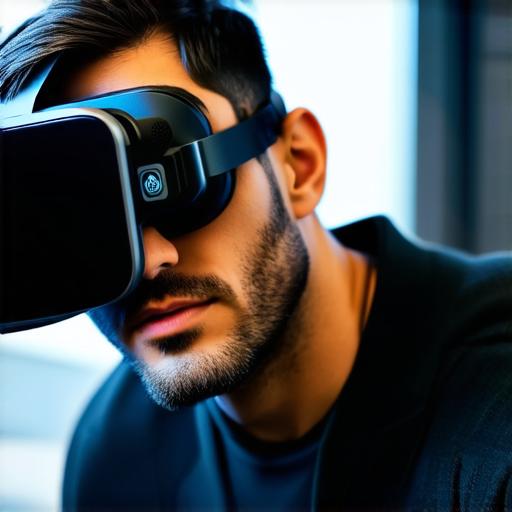Setting Up Your Virtual Reality Headset: A Step-by-Step Guide
1. Choose the Right VR Headset for You
The first step in using a virtual reality headset is to choose the right one for you. With so many options available on the market, it can be difficult to determine which headset will best suit your needs. When choosing a headset, consider factors such as your budget, the type of VR experience you are looking for (e.g., gaming, education, entertainment), and any physical limitations you may have (e.g., motion sickness).
2. Connect Your Headset to Your Computer or Console
Once you have chosen your VR headset, the next step is to connect it to your computer or console. This will typically involve plugging in a USB cable or using a wireless connection. The exact method of connecting your headset will depend on the specific model and device you are using. Be sure to consult the manufacturer’s instructions for detailed guidance.
3. Install the Required Software
In order to use your VR headset, you will need to install the necessary software. This will typically include a virtual reality client or driver that is specifically designed for your headset model. Again, be sure to consult the manufacturer’s instructions for detailed guidance on how to install the software.
4. Adjust Your Headset Settings
Once you have connected your headset and installed the necessary software, it’s time to adjust your headset settings. This will include things like adjusting the screen resolution, changing the field of view, and calibrating the sensors. Be sure to consult the manufacturer’s instructions for detailed guidance on how to adjust these settings.
Using Your Virtual Reality Headset: Tips and Tricks
1. Find a Comfortable Space to Use Your Headset
When using a VR headset, it’s important to find a comfortable space that is free from any potential hazards or obstacles. This may include moving furniture, clearing the area of clutter, and making sure you have enough room to move around freely.
2. Use Hand Controllers to Navigate the Virtual World
Most VR headsets come with hand controllers that allow you to interact with the virtual world. These controllers typically include buttons and joysticks that you can use to control your movements and actions in the virtual world. Be sure to familiarize yourself with the controls before diving into a VR experience.

3. Take Breaks as Needed
Using a VR headset for extended periods of time can be mentally and physically exhausting, so it’s important to take breaks as needed. This will help you avoid motion sickness and other physical discomforts that may arise from prolonged use of the headset.
4. Customize Your VR Experience
One of the great things about using a virtual reality headset is the ability to customize your experience to suit your individual preferences. This may include adjusting the graphics quality, changing the music or sound effects, and even creating your own virtual world. Be sure to explore the settings and options available in your VR client or driver to fully optimize your experience.
